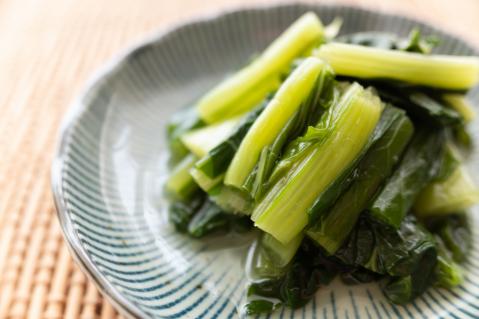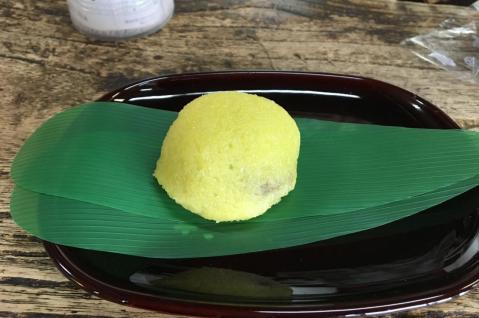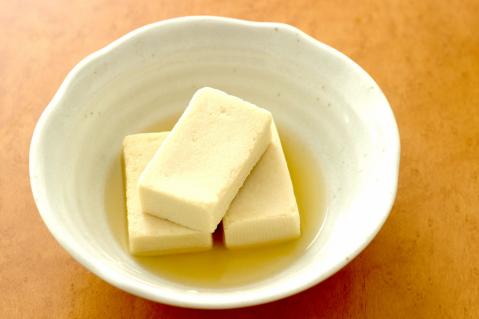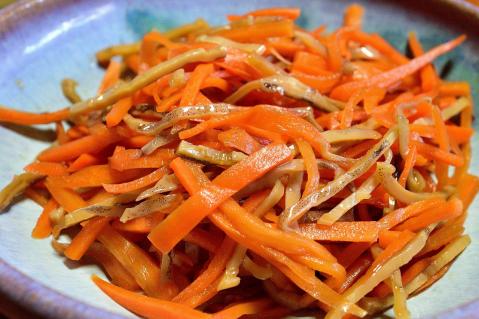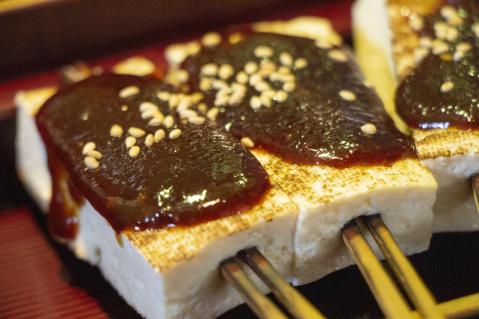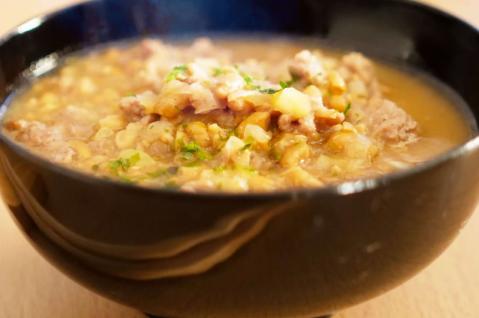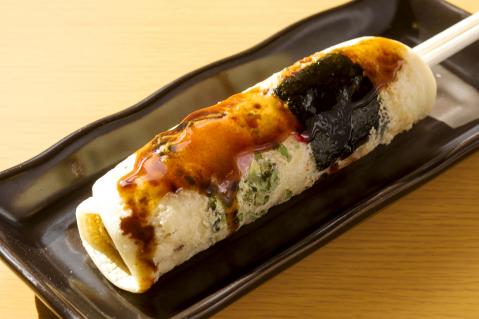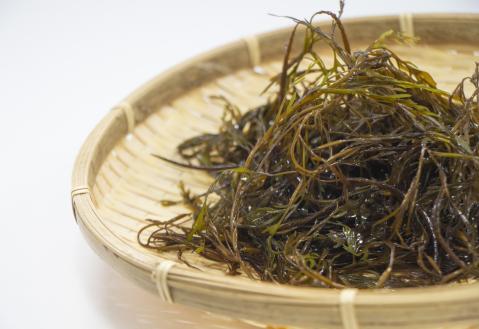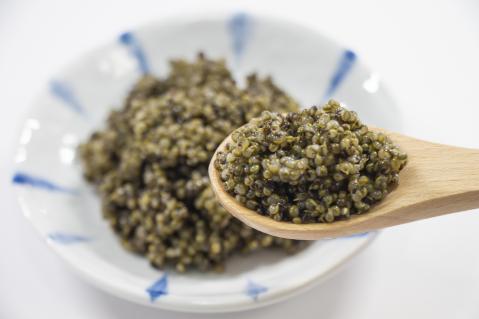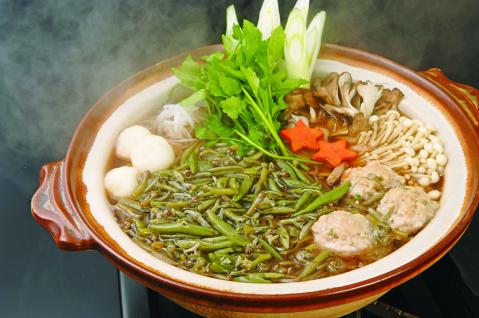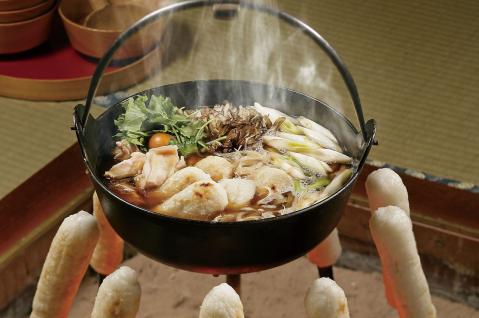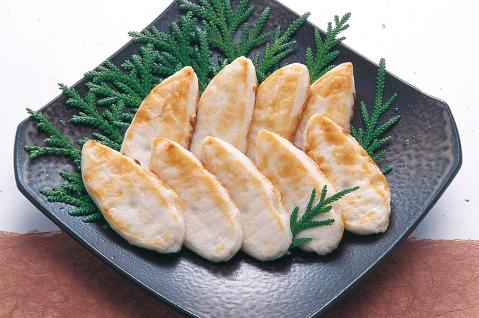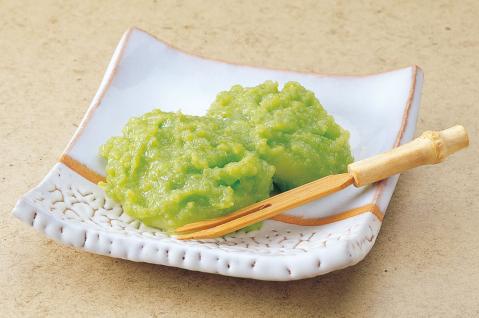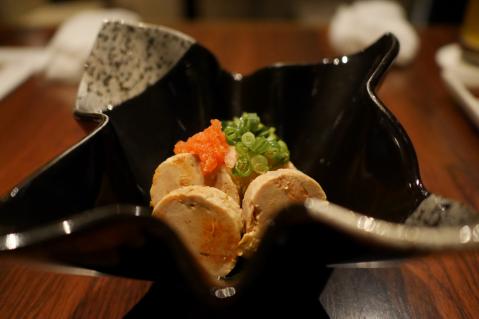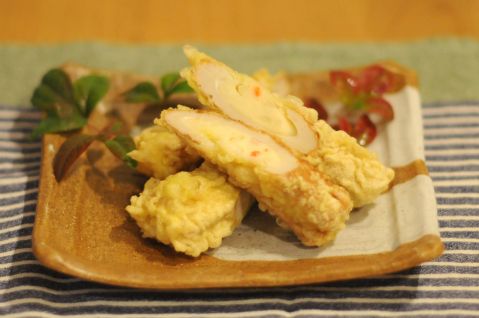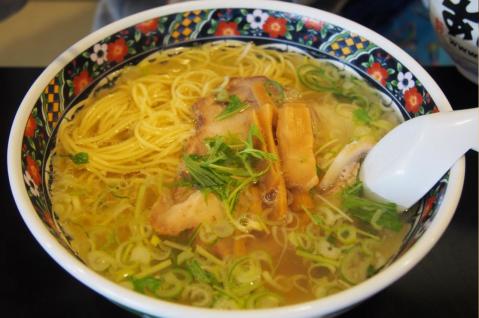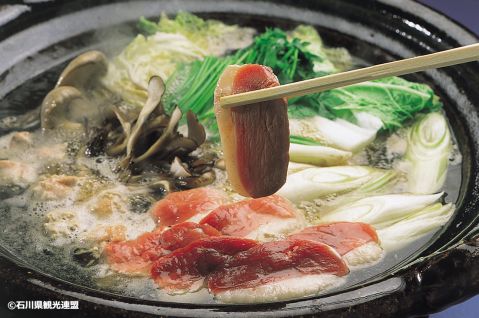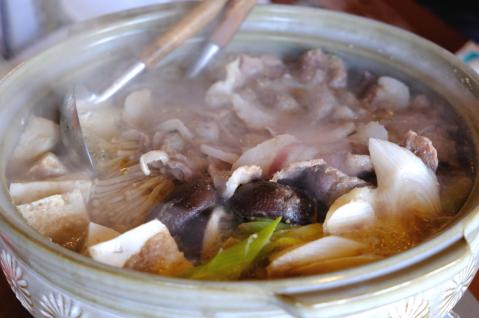Japanese Cuisine - Local cuisine
Cooking Classes in Japan
airKitchen allows travelers from all around the world to book and experience authentic cooking classes. Chose your best cooking class from 1000+ classes.
Nozawana Pickles
In Shinshu, there’s a saying: "Snow, a warm kotatsu, and pickled greens." Nozawana (野沢菜漬け, Nozawana tsukemono) is a local vegetable grown in the fertile lands nourished by ...
Frozen Tofu
Frozen Tofu (凍み豆腐, Shimi tofu) is a nutritious food packed with protein, calcium, iron, vitamin E, and lecithin. It also has the benefit of being long-lasting, making it a v...
Squid and Carrot Pickles
Squid and Carrot Pickles (いかにんじん, Ika Ninjing) are a traditional dish from the northern central region of Fukushima Prefecture. This essential New Year's delicacy consi...
Tama Konnyaku
Tama Konnyaku (玉こんにゃく, tama konnyaku) is a cherished soul food of Yamagata Prefecture, affectionately called “Tama-kon” by the locals. As Yamagata has long been known for ...
Natto Soup
Natto Soup (納豆汁, Natto-jiru) is a hearty and nutritious wintertime staple that has been loved in Yamagata Prefecture for generations. The natto, fermented soybeans, is mas...
Dondon Yaki
Dondon Yaki (どんどん焼き, Dondon yaki) is a popular street food from Yamagata's inland areas, known for its rich savory sauce and its unique presentation – rolled around dispos...
Junsai (Watershield)
Mitane Town in Akita Prefecture is renowned as Japan’s top producer of junsai (watershield), a unique perennial water plant from the waterlily family. This plant thrives in pris...
Sasa Kamaboko
Sasa Kamaboko (笹かまぼこ) is a type of grilled fish cake shaped like a bamboo leaf, offering a unique twist on the more common semi-cylindrical steamed fish cakes typically ref...
Zunda Mochi
Zunda Mochi (ずんだ餅, Zunda mochi) is a delightful traditional sweet from Miyagi Prefecture. It’s made by boiling young green soybeans (edamame) before they mature into regular...
Green Pepper Miso
Green Pepper Miso (ピーマン味噌, Piiman miso) is a versatile seasoning from Iwate Prefecture, featuring a perfect balance of the gentle bitterness of green peppers and the natur...
Kind of food
Recommended
-
![Kirazu Mochi]()
Kirazu Mochi
Kochi / >Local cuisine -
![Wild-Caught Freshwater Eel]()
Wild-Caught Freshwater Eel
Fukui / >Don dish -
![Fish Katsu]()
Fish Katsu
Tokushima / >Tenpura -
![Monkfish Liver (Ankimo)]()
Monkfish Liver (Ankimo)
Ibaraki / >Local cuisine -
![Chikuwa Salad]()
Chikuwa Salad
Kumamoto / >Tenpura -
![Hakodate Ramen]()
Hakodate Ramen
Hokkaido / >Ramen -
![Kamo Nabe (Duck Hot Pot)]()
Kamo Nabe (Duck Hot Pot)
Ishikawa / >Nabe dish -
![Shishi Nabe (Wild Boar Hot Pot)]()
Shishi Nabe (Wild Boar Hot Pot)
Ibaraki / >Nabe dish

